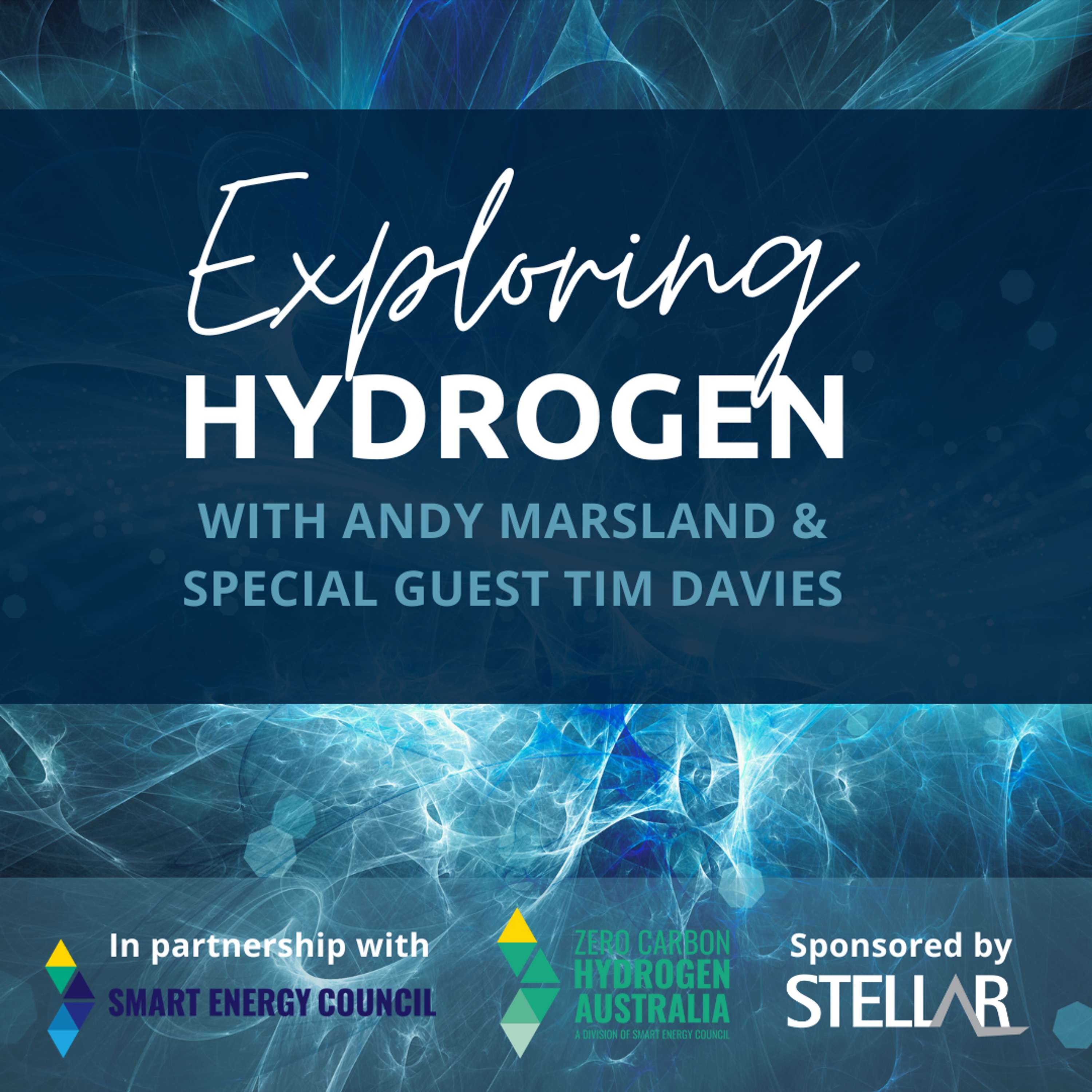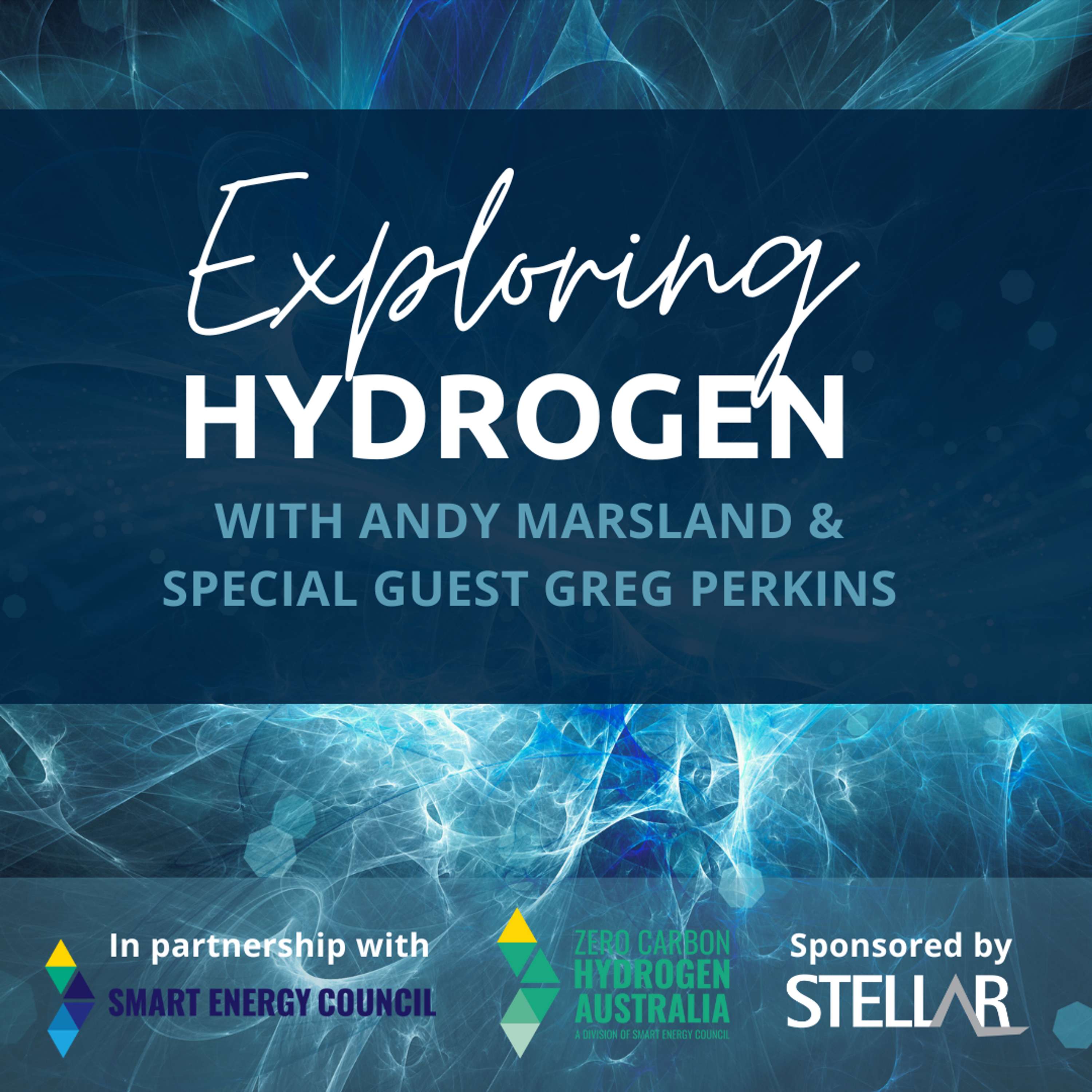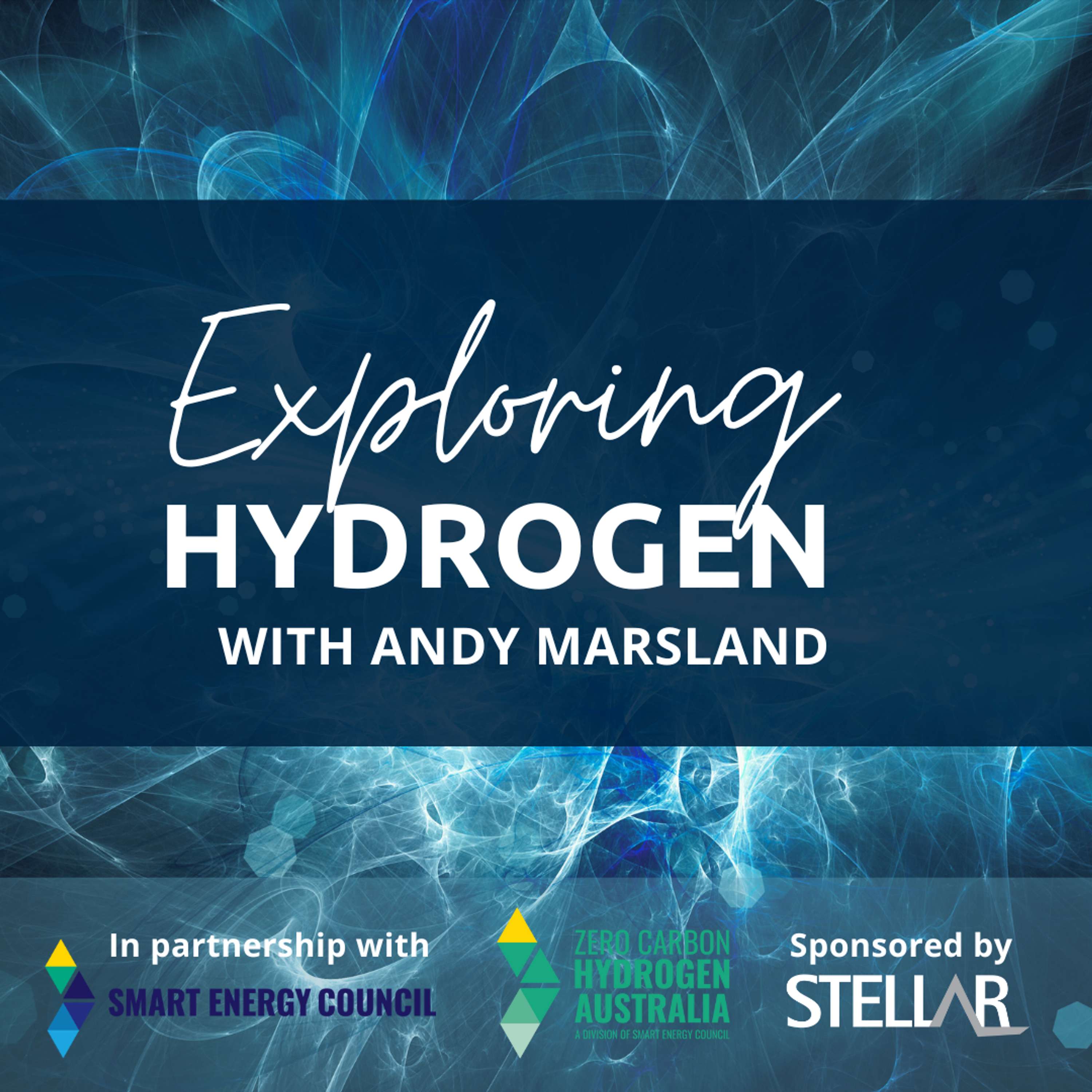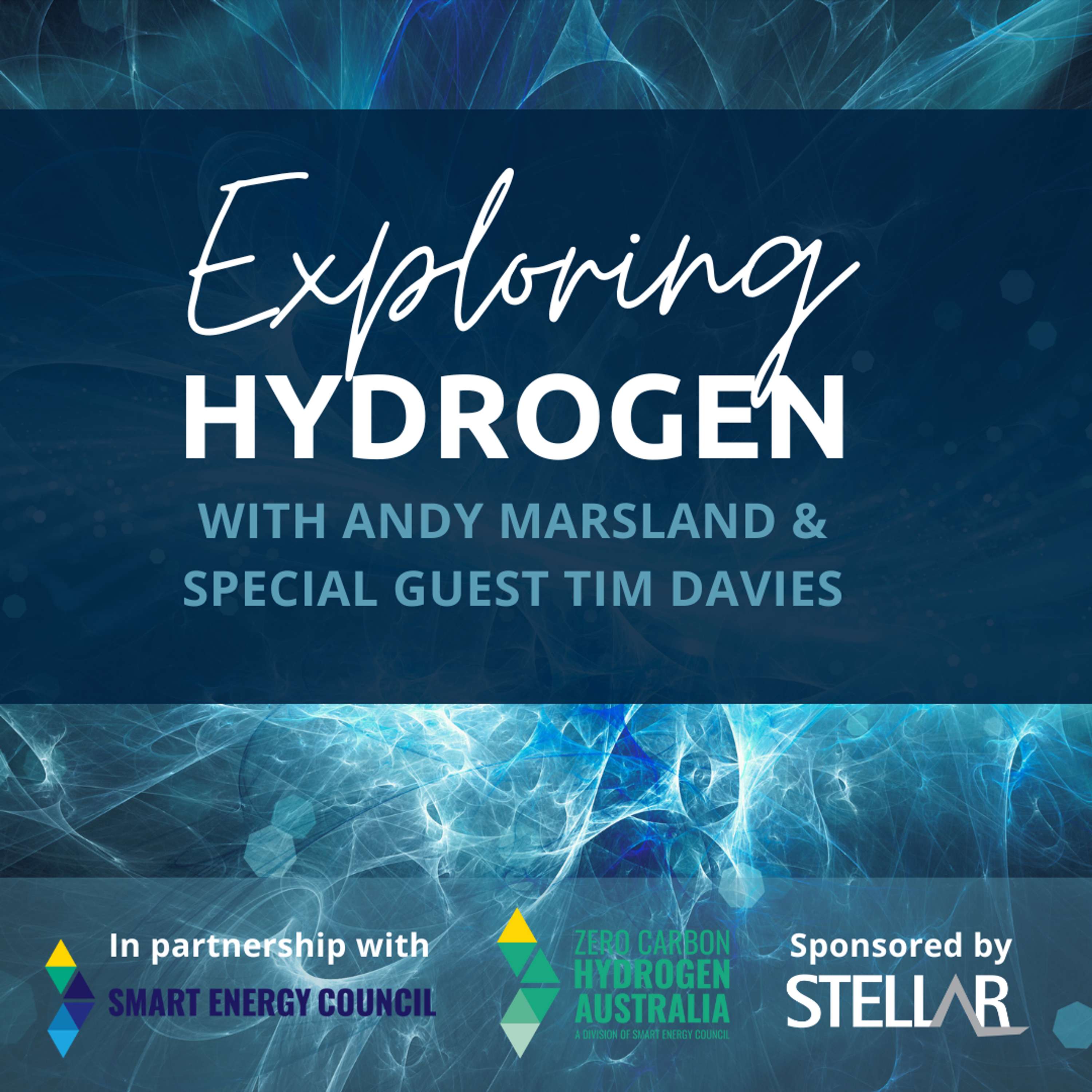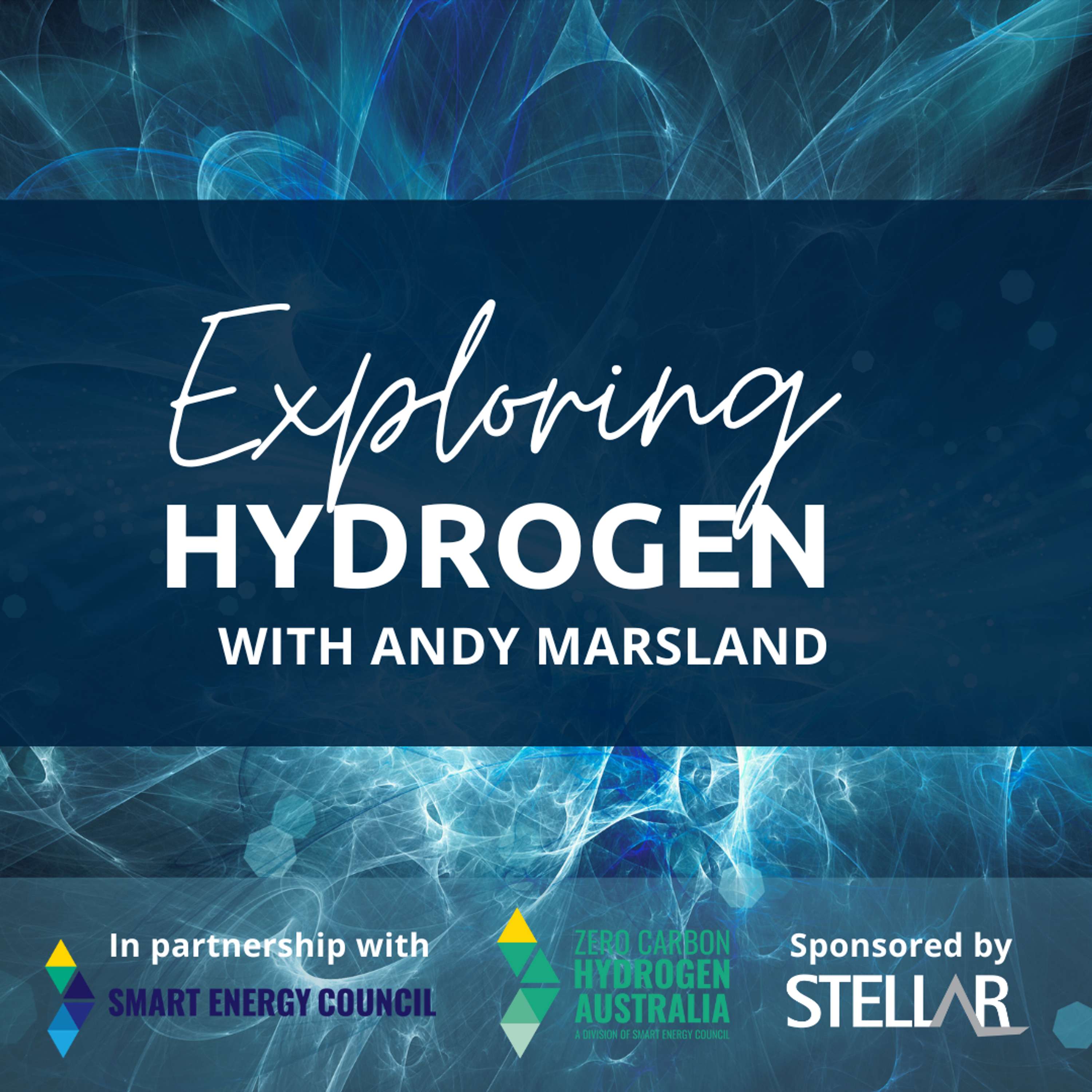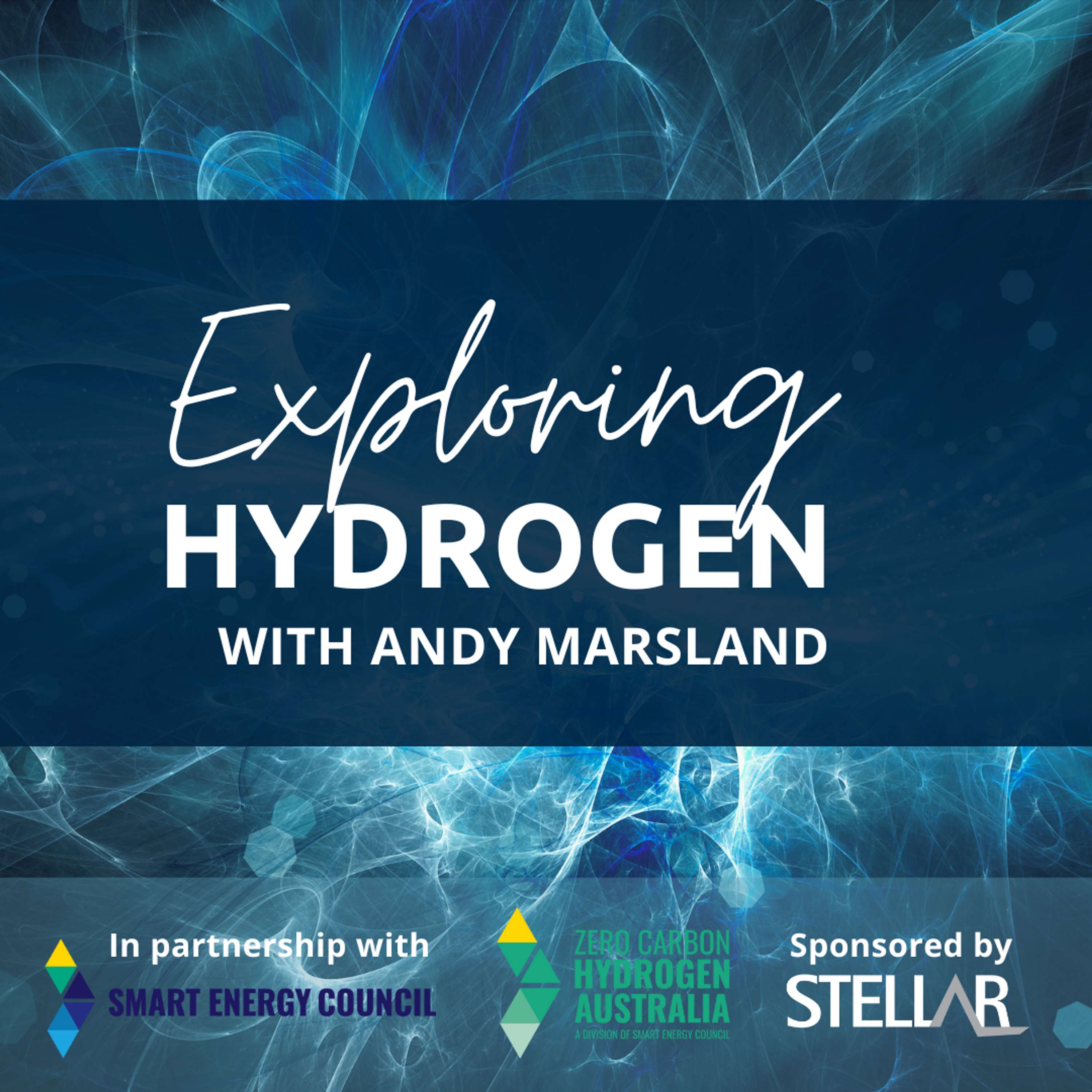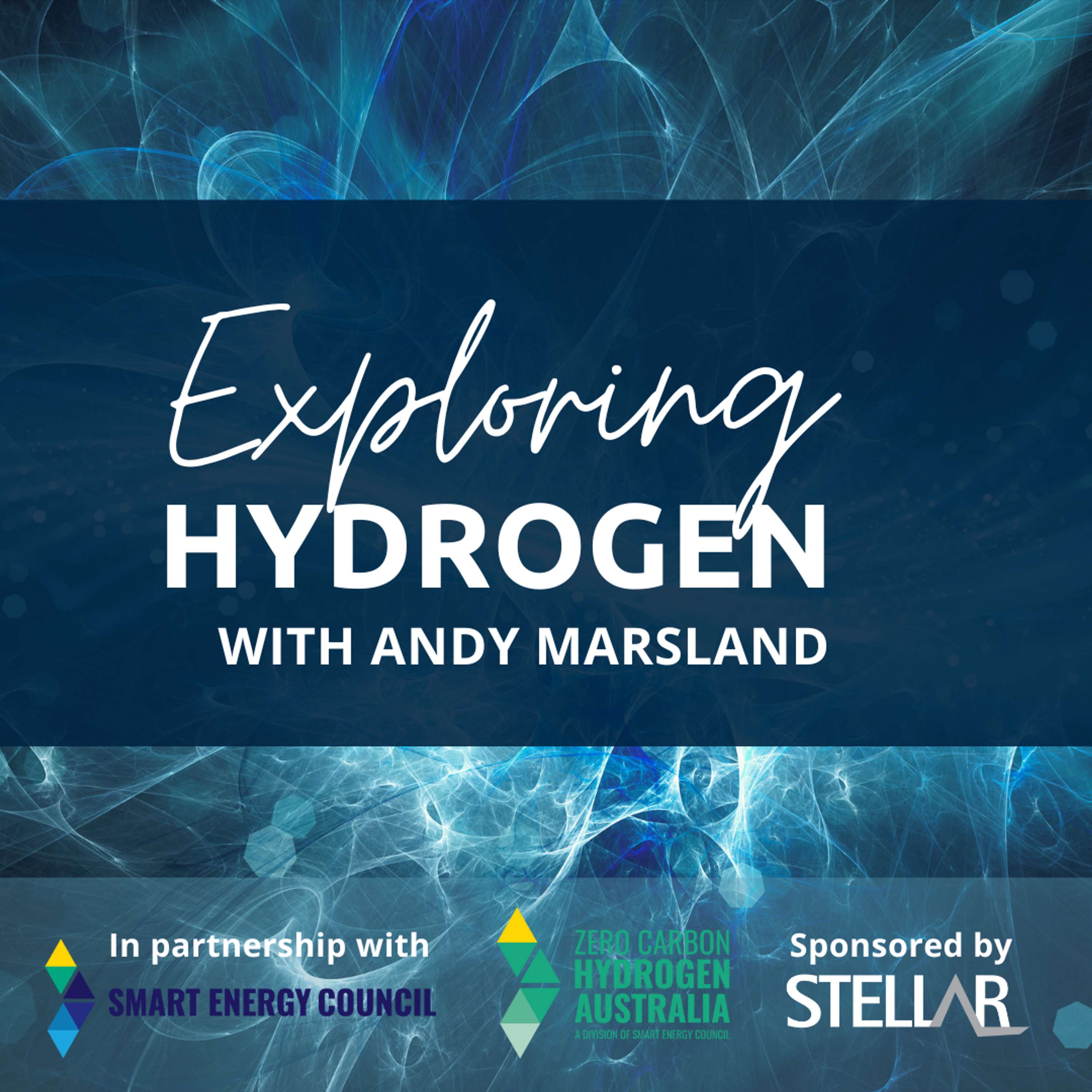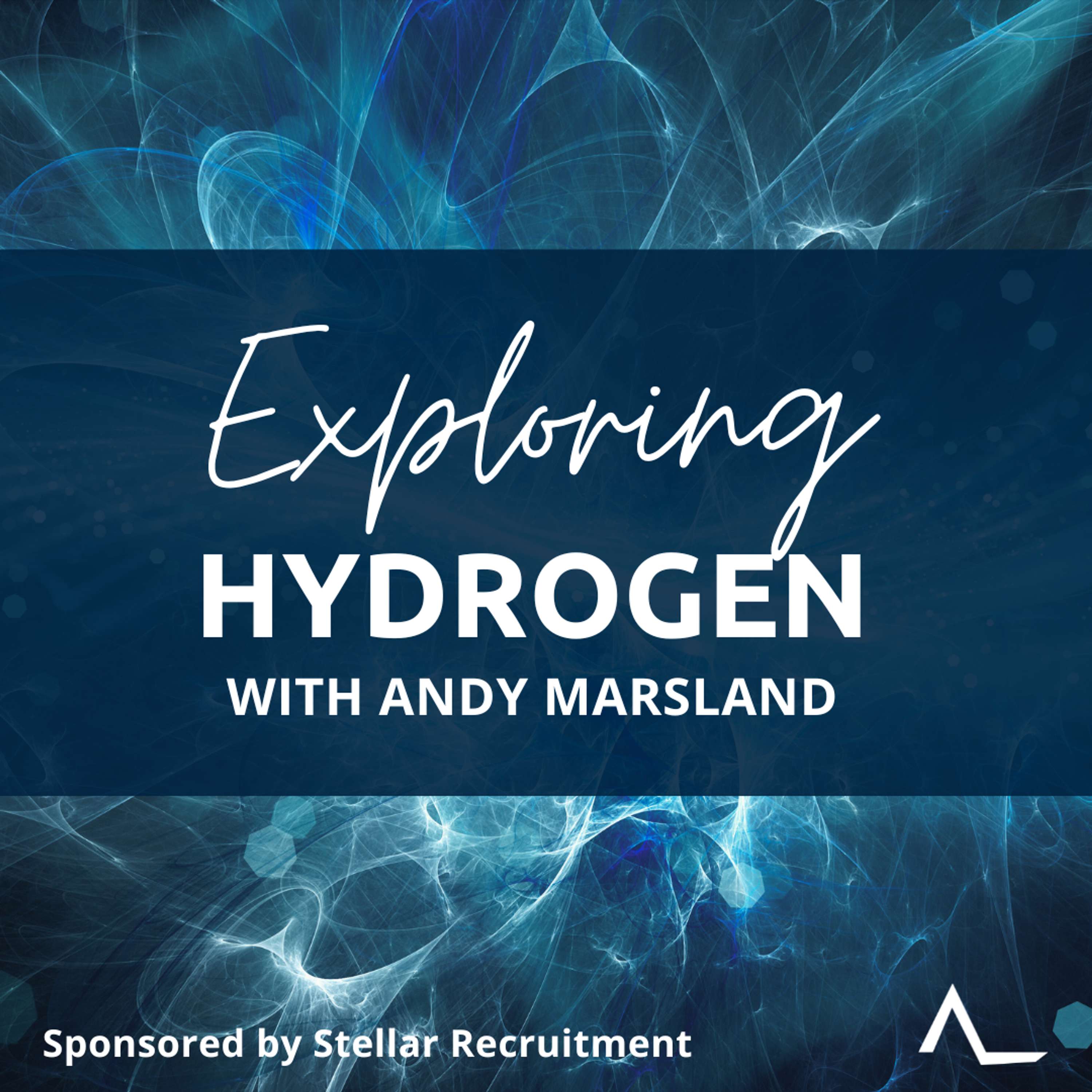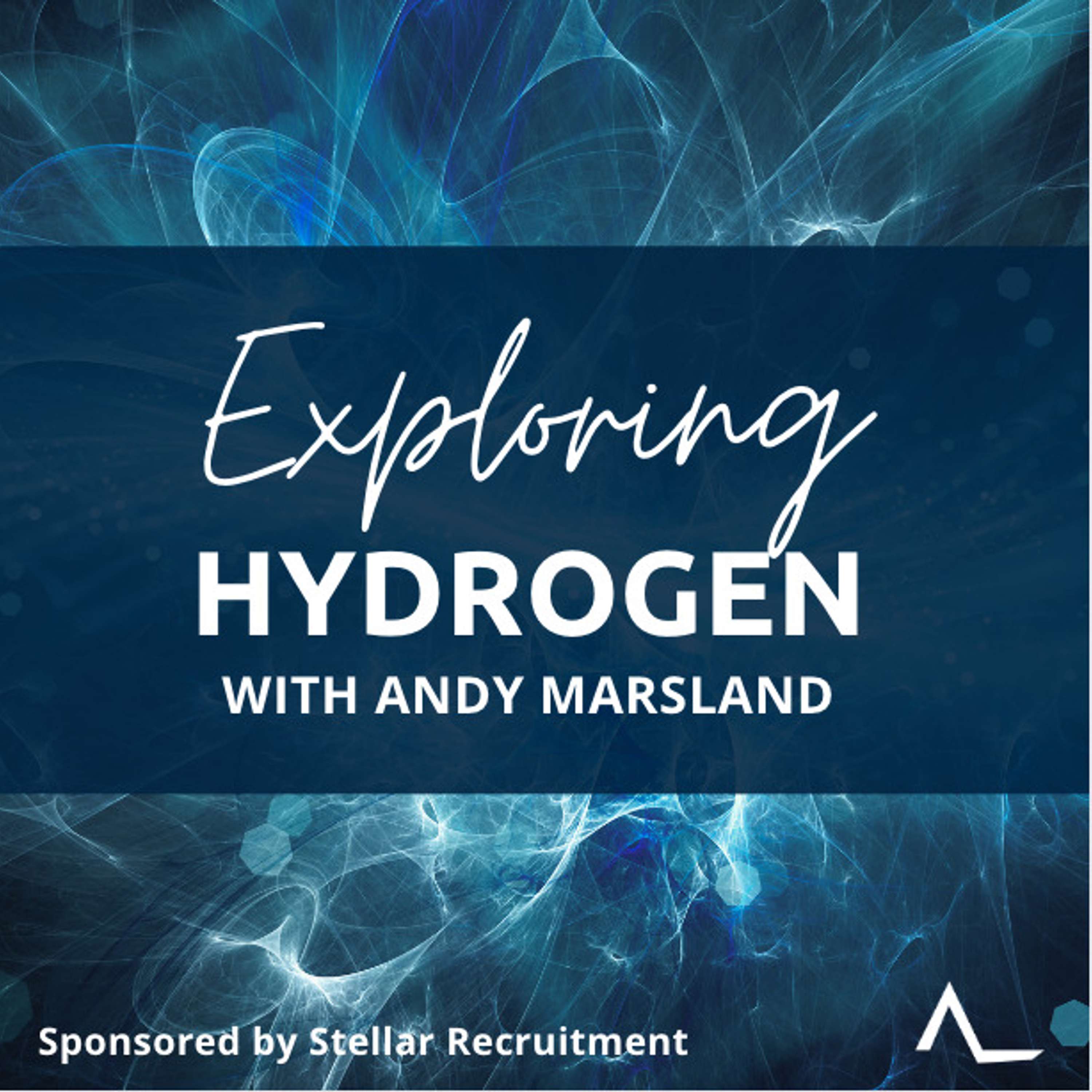ATCO - From Humble Beginnings, to a Global Hydrogen and Energy Journey
Introduction to the guest, Russell James has over 19 years of experience in energy and is experienced in the delivery of small to large-scale energy and utility infrastructure projects. He has extensive knowledge of gas and energy markets, pricing, and regulations. Over the last four years, he has led or played a key role in all ATCO's hydrogen-related activities, including the development of the Clean Energy Innovation Hub, conceptualising and sourcing funding from the WA Government Renewable Hydrogen Fund for the Hydrogen Vehicle Refuelling station, and securing $28.7m from ARENA to develop the Clean Energy Innovation Park - a commercial scale renewable hydrogen production project. 1.30 - Background of ATCOATCO stands for Alberta Trailer Company and began with modular trailers, which grew into acquiring Canadian utilities in the 1980s, including electricity generation, gas processing, storage, and transmission. They have just celebrated their 75th year in operation.ATCO has diverse business operations, including modular structures, power stations, and a gas distribution network - in Australia, the network has 800,000 connection points and a focus on renewables and hydrogen/future fuels. 4 - Humble beginningsATCO now has over 6,200 employees and over $22 billion worth of assets. It has been operational in about a hundred countries and has 75,000 kilometres of electrical power lines and 65,000 kilometres of natural gas pipelines. However, despite the growth, it’s a very family-orientated business. “We do what we say we're going to do, and that includes supporting those communities where we operate, and also supporting our employees in what they're doing.”4.45 - Clean Energy Innovation HubThe project is an opportunity to showcase applications for the technology and the use of hydrogen gas in commercial, industrial and residential settings. “Energy security as you can imagine is extremely important particularly with our control room operation at the site, we can't afford to have outages because we're responding to those 800,000 customers, 24 7, 365 days a year”6.45 - ● Training facility at the innovation hub, which is a registered training organisation where they train all operatives to construct, operate and maintain the network.● Hydrogen courses at the facility● Have around 100 kilowatts of electrical demand at any point in time, 300 kilowatts of solar onto the rooftop.● Store excess renewables. ● 200-kilowatt electrolyzer to convert water and split that through a proton exchange membrane (PEM) electrolyzer, into hydrogen gas and oxygen.9.35 - Key learnings- Supply Chain challenges: “procuring an electrolyzer was different at that point in time when we were buying a 200-kilowatt electrolyzer. You couldn't go down to Bunnings and buy one off the shelf!!!.”- Different procurement practices.- Learning also included the integration of the regulations and standards and bringing the technical regulator along the journey as well.The next Stage in the project was gas blending:“The next step in the project and one we can talk about a little bit further is a blending project, which takes it out from behind the meter. We're actually blending out into around 2,700 homes and businesses around the Jandakot area.11.30 - What percentage was it blended into the network and what percentage do you think you can get to?13.19 - Collaboration in California with Southern California (SoCal) Gas“...the approach that we like to take at ATCO is a ‘crawl, walk, run’. We'd rather learn on these smaller jobs and start to build to scale. And that's what we're doing, we're still focused on the large-scale export projects, but also let's build at manageable and build skill and capability.With that project we're able to assist SoCal Gas to replicate what we've got through the hub and the hybrid home, which is another part of our site at Jandakot.”15 - Clean Energy Innovation Park“These days we've got people knocking on the door wanting to procure hydrogen and use it to really get the industry going. We’ve utilised the skills and expertise that we've built on the hub to now get to a 10-megawatt scale. And the facility that we've designed, we now can replicate. 17 - Cost of Hydrogen“The main factors that we see with the cost per kilo; there are some capital elements to it, but the main driver is energy input. It's, it's a very high percentage - somewhere in the region of 60-70%+ of the makeup in the cost of hydrogen. And particularly in Australia at this point in time with some of the energy volatility, which creates a challenge for hydrogen production. We need to see those costs continue to come down”18.45 - The collaboration with FFI on the refuelling stations. 700Bar refueler, co-located at Jandakot Clean Energy Innovation Hub.Electric vehicles definitely have a place as do fuel-cell electric vehicles – Hydrogen cars are also electric cars which people sometimes forget. The difference is how the power is getting delivered into that electric motor.”23.40 - Range anxiety and refuelling stationsI think it is quite important that we take a jurisdictional approach and, a geographical approach to where these are located.“On the East coast of Australia it's been really good to see the States combining and look at things like the hydrogen highway between, New South Wales and Victoria and Queensland and how that can integrate. That's a really important part of the nation coming together.”25.45 - Where does Australia sit in comparison?Australia has to move on quite quickly, and a coordinated national framework would be beneficial. This will allow people that are looking to invest in hydrogen to move forward. The challenge is who pays for it - and that's always the question. 27.30 - What are the biggest challenges within your team at the moment? “We're a small team, but we're very agile and, and nimble and we've got some really strong skills and capability within the team. However we need to focus on projects that are going to start to move the dial and get to commerciality.”This is an industry where collaboration is key. Each party has a role to play. There's enough to go around for everybody in order to achieve the goals of export into 2030, 2040 and beyond. So in this early stage, it is working together with like-minded companies and users. And that's not only domestically, but also internationally to start these projects moving - and recognize where we all can work together for the greater good.It is an important step to build skill, capability, expertise, and knowledge here in Australia. And also, to increase the size of projects to get to export. We need to show that Australia has a real opportunity for hydrogen.”34.30 - Collaboration with Suncor Energy in Canada34 - Low Hanging-Fruit - including Gas distribution networks and the transportation sector.35 <...
 Sign in
Sign in Sign in
Sign in Sign in
Sign in